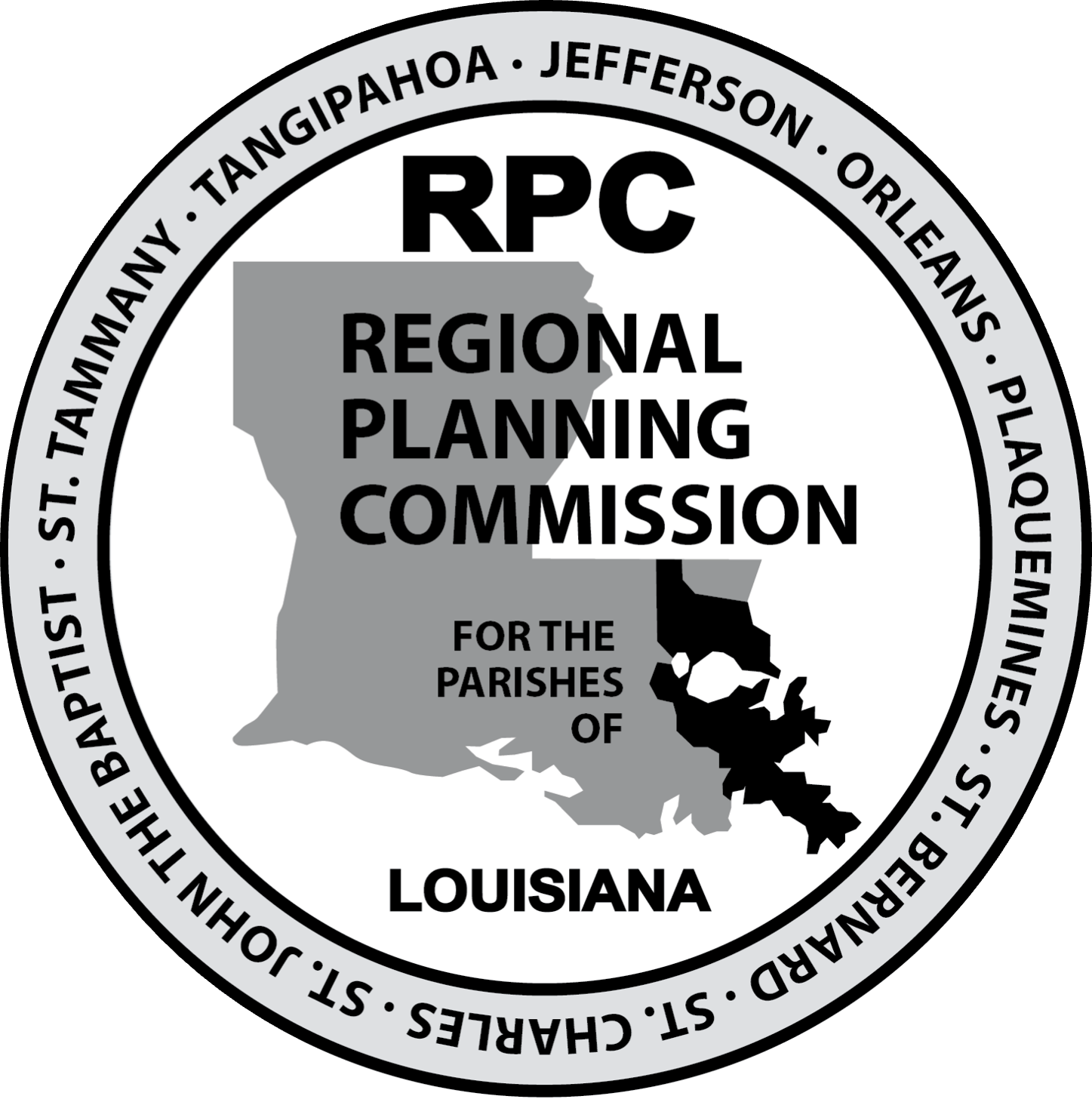Tate, Etienne, and Prevost Center
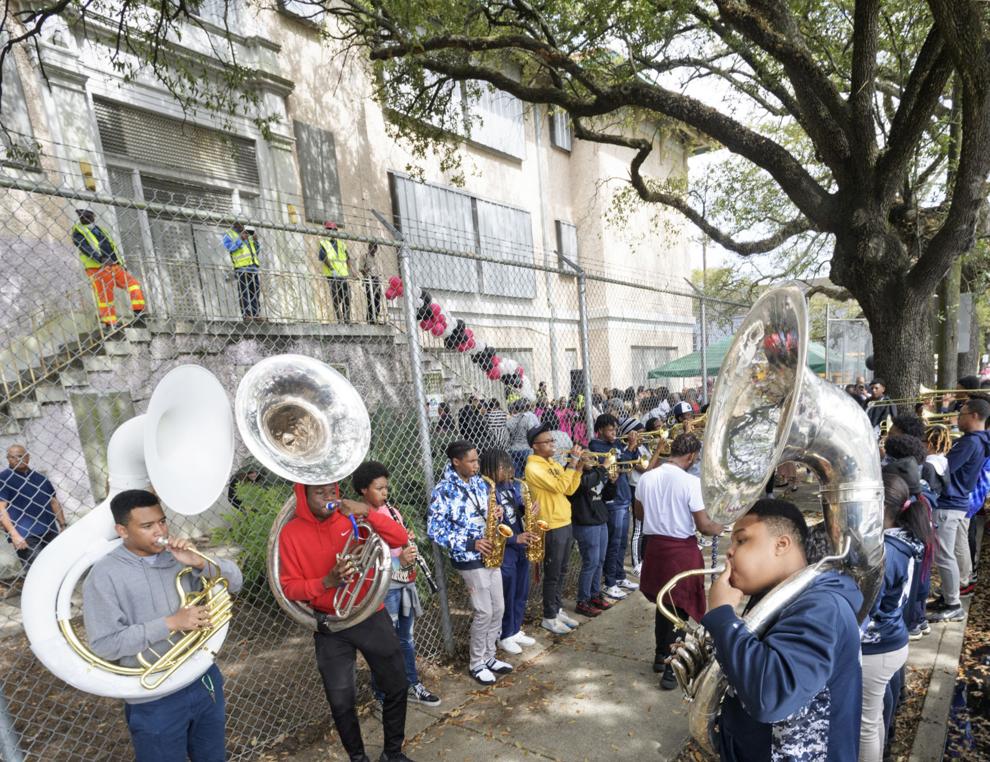
Introduction
In 2020 redevelopment of the former McDonogh 19 Elementary School began in the Lower 9th Ward of New Orleans. Built in 1929, the school was the first in the city to be racially integrated, yet dispute its historical significance, remained shuttered since the levee failures following Hurricane Katrina in 2005. The school was reimaged as a community center and civil rights museum by former students who desegregated the school, however lead and asbestos contamination needed to be addressed before these plans could be reazlied.
The Regional Planning Commission (RPC) and Louisiana Department of Environmental Quality (LDEQ) Brownfield Programs assisted with Phase I and II assessments, cleanup plans, and remediation at the site, which cleared the way for this historically significant project to move forward.
| Summary of Funding | |
|---|---|
| RPC Brownfield Funding | $54,000 |
| Louisiana Dept. of Environmental Quality Brownfield Funding | $150,000 |
| Additional Public & Private Investment | $15,000,000 |
History
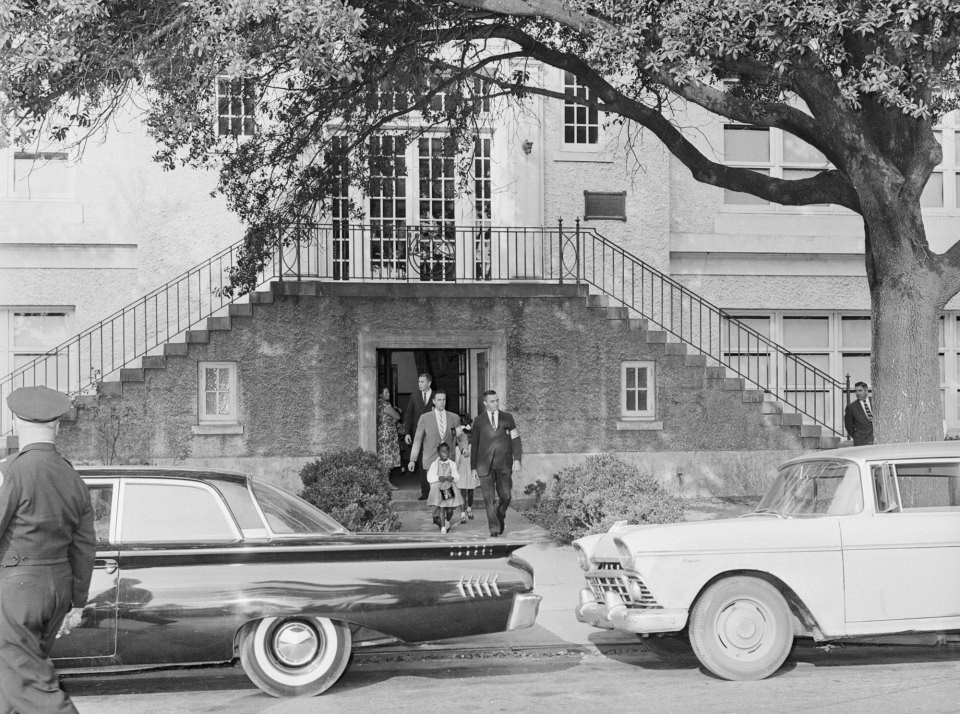
Built in 1929 and totaling 35,000 square feet on more than an acre of property, McDonogh 19 Elementary was one of the initial two schools integrated in New Orleans. On November 14, 1960, six years after separate black and white schools were ruled unconstitutional in Brown v. Board of Education, six-year old Leona Tate, Gail Etienne and Tessie Prevost were escorted by Federal Marshals through a crowd of shouting protesters to attend McDonogh 19, becoming the first African Americans to attend formerly white-only schools in Louisiana. The three young girls attended class alone – and under the protection of United States Marshals – in an otherwise empty building for a year and a half while their white peers and neighbors went to parochial and private schools elsewhere.
Despite its seminal history and being entered into the National Register of Historic Places in 2016, the building has remained vacant and blighted for 13 years following its closure in 2004 and the subsequent devastation of the Lower 9th Ward by the Katrina levee failures. (source: leaonatatefoundation.org)
The three girls who desegregated the school have partnered with Alembic Community Development with plans to bring the building back to life. The renovated building will include:
- The first New Orleans Civil Rights museum and educational space operated by the Leona Tate Foundation for Change Inc. that is dedicated to teaching New Orleans’ Civil Rights history.
- PISAB’s Communiversity, a place to learn from one another and teach community the dynamics of racism and humanistic organizing through classes that range from early childhood to higher education.
- Affordable housing for seniors.
Before this vision can be realized, lead and asbestos contamination on the property presented significant health and environmental concerns.
Brownfield Work
The RPC Brownfield Program began assisting Alembic Community Development and the Leona Tate Foundation for Change with Phase I & II Environmental Assessments in 2019.
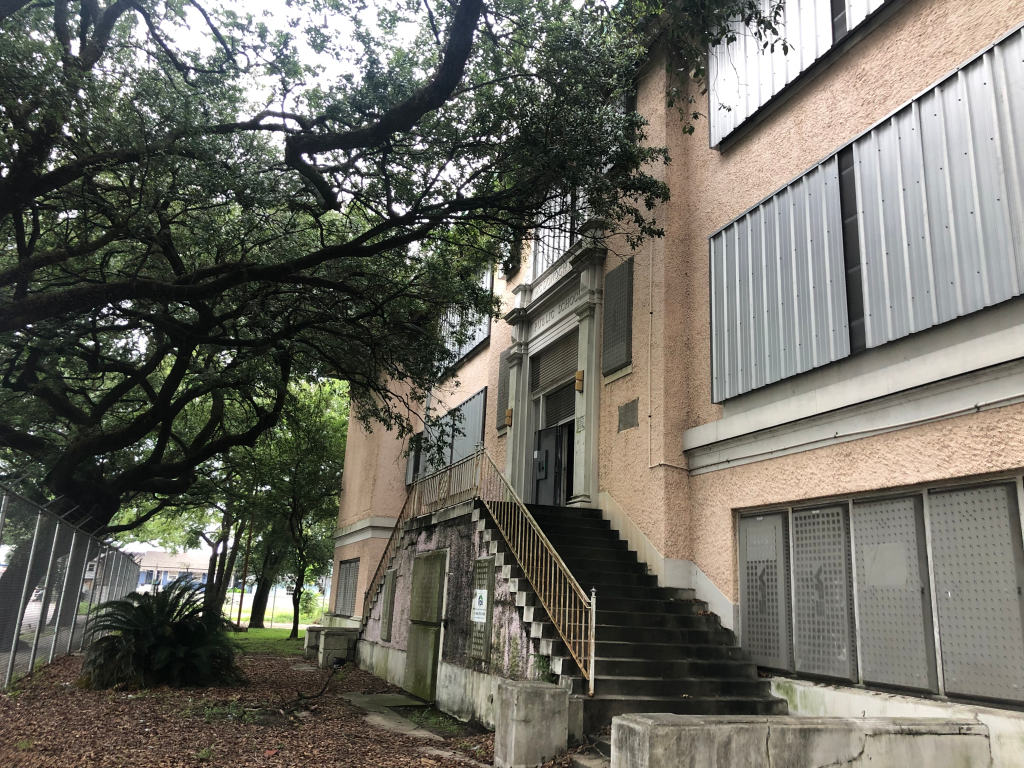
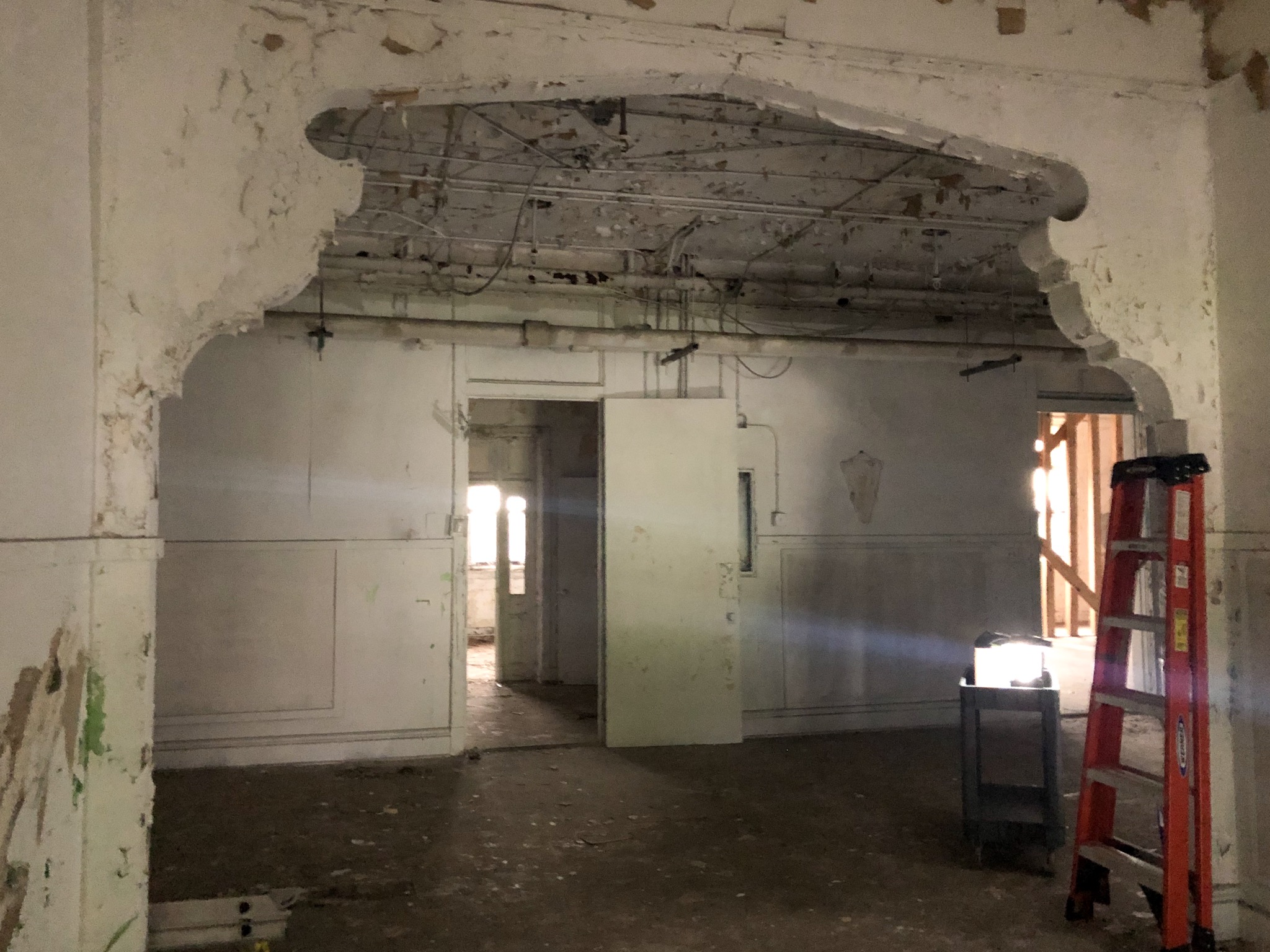
As expected, the assessments identified lead paint and asbestos throughout the building, which is hazardous to human health, and would need to be addressed before any renovation could begin. The RPC Brownfield Program then funded a clean up plan and Analysis of Brownfield Cleanup Alternatives (ABCA) to lay the groundwork for remediation of the property.
Lead and asbestos abatement was funded entirely by the LDEQ Brownfield Programs Revolving Loan Fund, and took place in 2020.
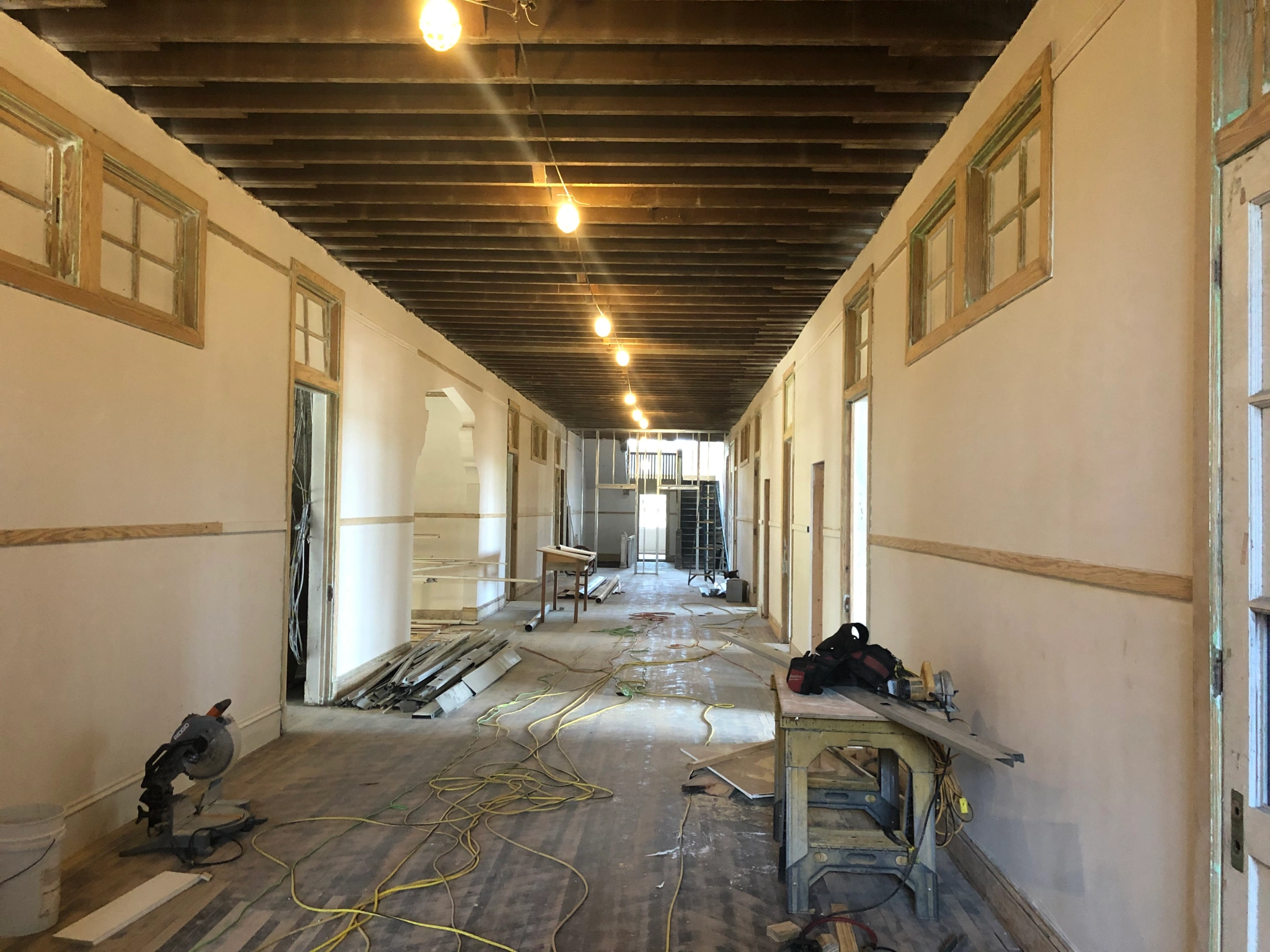
Groundbreaking & Renovation
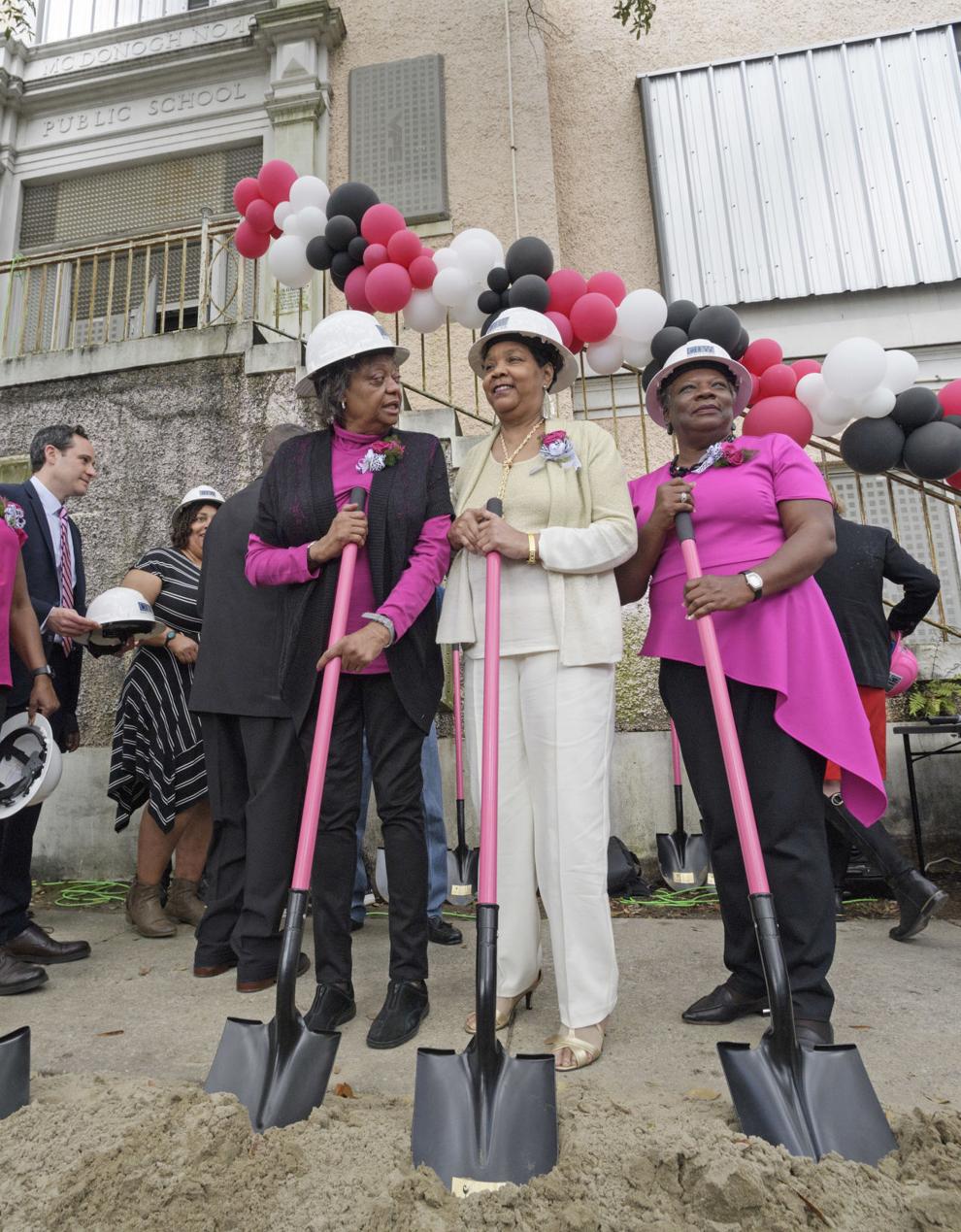
In March of 2020, as brownfield-funded remediation was underway, the official groundbreaking ceremony took place in front of the former school. High school bands, local leaders, and of course the three girls who desegregated the school – Gail Etienne, Tessie Prevost and Leona Tate – attended the celebration.
Renovations are currently underway, and the ribbon cutting for the TEP Center is anticipated later in 2022.
Last Updated: 2/10/22
